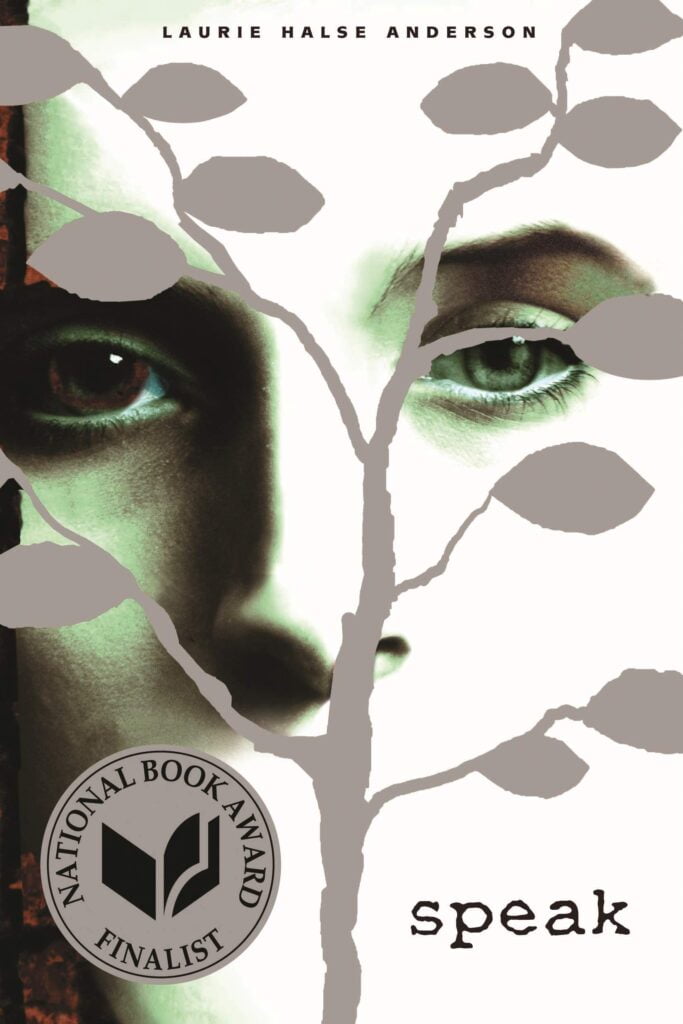
Dramatic irony is a type of irony in writing that occurs when the audience or reader of a work of literature is aware of something that the characters are not. It often creates a humorous effect and allows the reader or audience to have a deeper understanding of the story. Jokesters might call it the “look at the audience and wink” effect.
Understanding Dramatic Irony
Dramatic irony is like a secret whispered in the ear of the audience. They know something the characters don’t, and it adds a whole new layer of fun to the story. This technique is most commonly found in plays, movies, and novels, but can be used in any storytelling medium.
The Three Elements of Dramatic Irony
To help break down this concept, imagine three key ingredients tossed into a big bowl of storytelling soup:
- A gap in knowledge: This is the foundation of dramatic irony. There must be something important that the characters don’t know but the audience does.
- Tension: The gap in knowledge creates tension, and the audience feels it. They know something the characters don’t, and they’re on the edge of their seat, waiting to see what happens.
- Humor or emotional effect: Dramatic irony often adds humor to the story, but it can also create suspense or deepen the emotional impact.
Why Writers Use Dramatic Irony
Writers often turn to dramatic irony as a useful tool for their storytelling toolbox. Here are some reasons why:
- Engage the audience: Dramatic irony piques the interest of the audience, making them feel involved and invested in the story.
- Build suspense: When the audience knows something that the characters don’t, it creates anticipation and a sense of urgency.
- Enhance character development: Dramatic irony can help reveal a character’s true nature or flaws, giving the audience a deeper understanding of the story.
How to Create Dramatic Irony in Writing
There are a few simple steps to follow when attempting to create dramatic irony:
- Choose the information: Determine what piece of information will be known by the audience but not the characters.
- Reveal the information: Ensure the audience learns this information in a clear and engaging way.
- Show the character’s ignorance: Make it evident that the characters are unaware of this crucial information.
- Use the irony: Develop the story so that the dramatic irony affects the plot, character development, or emotional impact.
Real-Life Examples of Dramatic Irony
Time to dive into some examples of dramatic irony in well-known works of literature, movies, and television:
- Romeo and Juliet: In Shakespeare’s famous play, the audience knows that Juliet is alive but in a deep sleep, while Romeo believes her to be dead. The dramatic irony creates suspense and heightens the tragedy of the play.
- The Truman Show: In this film, the main character, Truman, is unaware that his entire life is a reality television show. The audience, however, knows the truth, creating both humor and emotional impact.
- Oedipus Rex: In this ancient Greek tragedy, Oedipus unknowingly kills his father and marries his mother. The audience, who is aware of the truth, experiences a sense of dread as Oedipus remains ignorant of his actions.
Incorporating Dramatic Irony into Your Writing
With these steps, examples, and a better understanding of dramatic irony, it’s time to put this powerful tool to work in your own writing. Here are some tips to get started:
- Know your audience: Consider who will be reading or watching your story and how they might react to dramatic irony.
- Experiment: Play around with different scenarios and plot twists to find the best way to incorporate dramatic irony.
- Revise: As with any writing technique, practice makes perfect. Be prepared to revise and refine your use of dramatic irony until it shines.
dramatic irony is a potent storytelling technique that can captivate audiences and add depth to a narrative. By using the “look at the audience and wink” effect, writers can create suspense, humor, and emotional impact in their stories. Keep these tips and examples in mind when trying to incorporate dramatic irony into your own writing, and watch as your characters come to life, engaging your audience on a whole new level. Remember, the key to mastering dramatic irony is to reveal information to the audience while keeping the characters in the dark, ultimately creating a memorable and captivating story. So go ahead, give dramatic irony a try, and see the magic it can bring to your storytelling adventures!
If you’re thirsty for more writing knowledge, head over here to learn all 74 literary devices.





